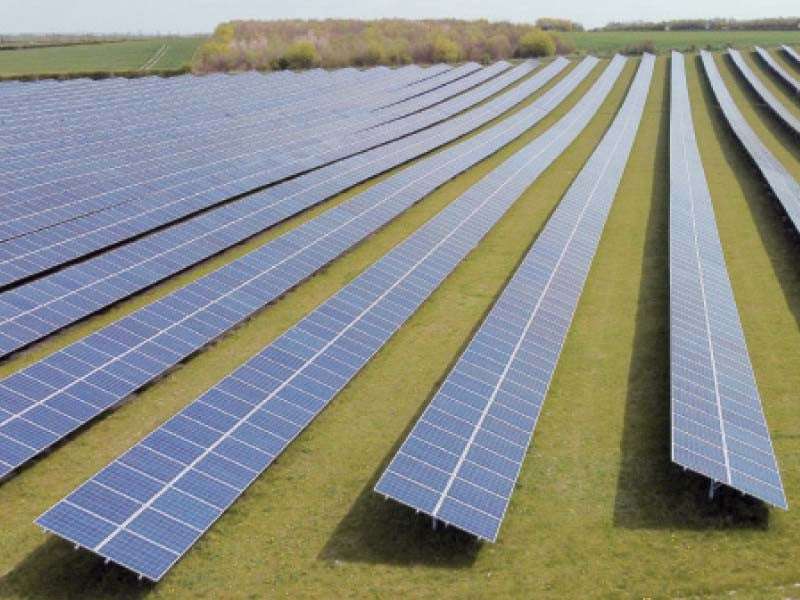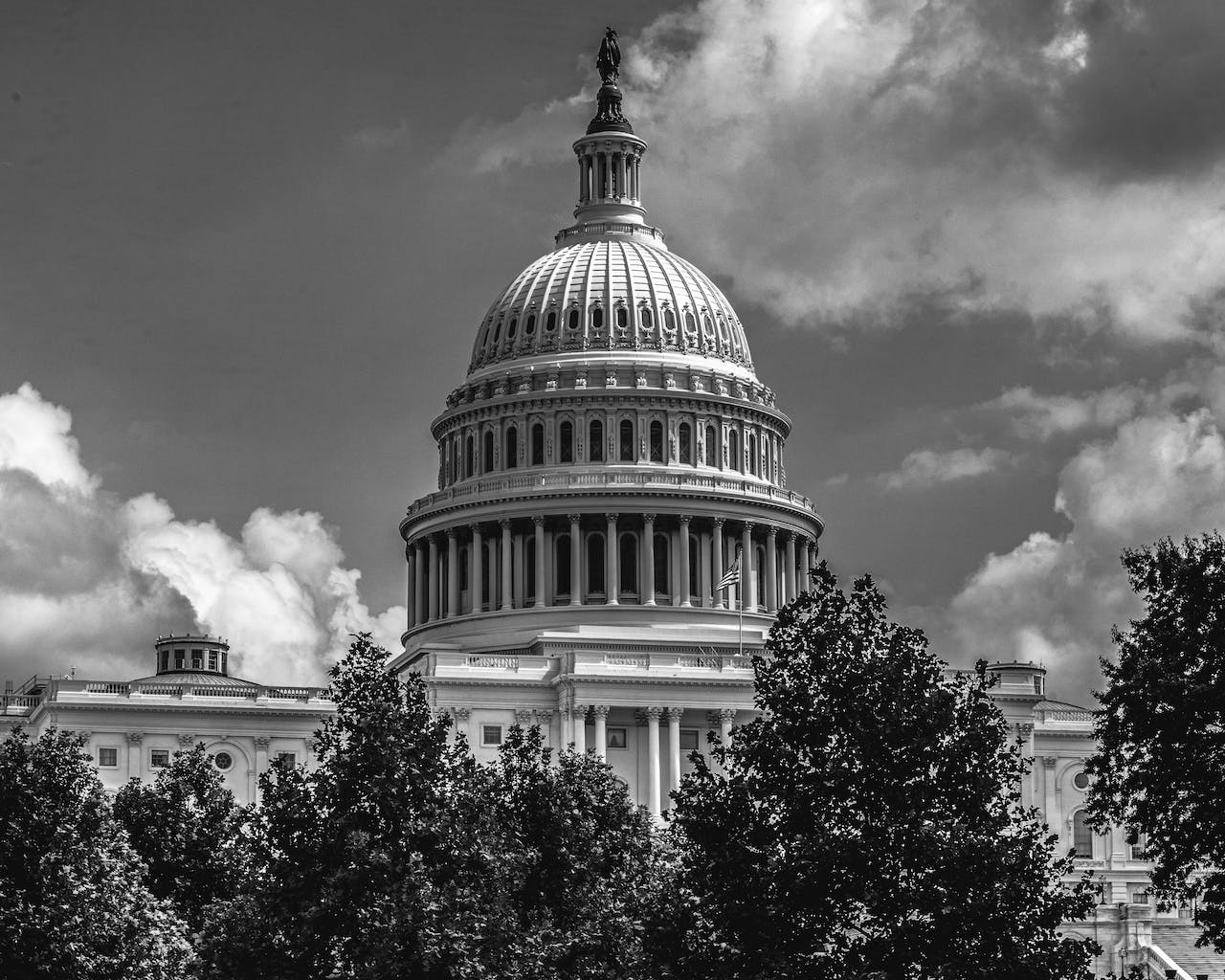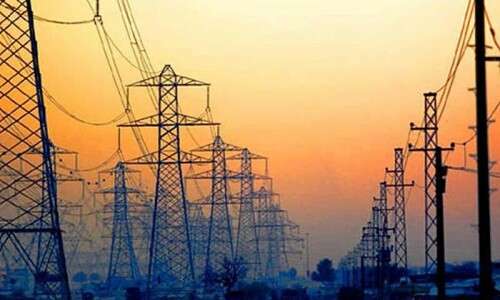Introduction
In recent years, Pakistan has witnessed a significant shift in energy consumption patterns, primarily driven by escalating electricity prices and the increasing affordability of solar power. This transformation has had profound implications for the country’s electricity distribution companies (DISCOs), which are now facing a notable decline in revenues. This article delves into the factors contributing to this shift, the government’s response, and the broader impact on the energy sector.
Solar Power Surge: A Paradigm Shift
Escalating Electricity Prices
Electricity tariffs in Pakistan have surged by over 50% in the past two years, significantly impacting consumers across the board. This sharp increase has compelled many to seek alternative energy sources, with solar power emerging as a viable and cost-effective solution. The rise in electricity prices has not only burdened residential users but also strained industrial and commercial sectors, leading to reduced output and increased operational costs.
Adoption of Solar Power
The adoption of solar power in Pakistan has been remarkable. Within the Lahore Electric Supply Company (LESCO) alone, 60,666 consumers are now generating 836MW of electricity through solar means. This shift is part of a broader national trend, with more than 8,000MW of solar panels sold nationwide. Of this, approximately 3,000MW has been integrated into the national grid through on-grid systems, allowing consumers to offset their power bills and contribute surplus electricity to the grid.
Impact on DISCOs
The widespread adoption of solar power has led to a significant reduction in grid electricity demand. Reports indicate an 18% drop in electricity demand compared to the previous year, largely due to solarisation efforts and reduced industrial activity. This decline has created a revenue shortfall for DISCOs, as their sales of electricity have decreased correspondingly.
Government Response: The Bijli Sahulat Package
Encouraging Electricity Usage
In an effort to stimulate electricity usage and counter the revenue decline, the Pakistani government announced the Bijli Sahulat Package. This initiative, targeting residential, commercial, and industrial consumers, offers discounts on incremental electricity usage over three winter months (December to February). The package provides an 18-50% discount on additional usage compared to previous years’ levels, with rates varying based on consumer category and consumption slabs.
Policy Amendments and Solar Initiatives
The cabinet considered and approved a summary titled ‘Amendment in Framework Guidelines for Fast Track Solar PV Initiatives 2022’ submitted by the Ministry of Power on October 2, 2023. This proposal directs a comprehensive analysis of the overall solar policy, including initiatives like the solarisation of tube-wells, to be presented to the cabinet. This move aims to streamline solar initiatives and ensure their alignment with the country’s broader energy strategy.
Economic and Environmental Benefits
Cost Savings for Consumers
The transition to solar power has enabled consumers to save billions in energy costs. The initial high costs of solar systems have been mitigated by recent reductions in solar panel and inverter prices, making solar power more accessible to a broader segment of the population. Consumers who have installed solar systems are now reaping the benefits of lower electricity bills and greater energy independence.
Environmental Impact
The shift to solar power also has significant environmental benefits. By reducing reliance on fossil fuels, Pakistan is cutting its carbon emissions and contributing to global efforts to combat climate change. The adoption of solar energy is a crucial step towards a more sustainable and environmentally friendly energy infrastructure.
Challenges and Future Outlook
Unpredictable Demand Forecasts
The drop in grid electricity demand has made consumption forecasts unpredictable. Power generation in September was reported to be 9.9% below projections, with demand 6.4% lower year-on-year and 5.2% lower than in August. For the first quarter (July-September) of this fiscal year, electricity generation was 8% below the same period last year. This unpredictability poses challenges for energy planning and resource allocation.
Balancing Solar and Grid Power
As solar power continues to gain traction, it is crucial to balance its integration with the national grid. Ensuring the stability and reliability of the grid while accommodating increasing amounts of solar-generated electricity will require innovative solutions and robust infrastructure.
Policy and Regulatory Framework
A comprehensive and adaptive policy and regulatory framework is essential to support the ongoing transition to renewable energy. The government’s focus on revising and updating solar initiatives reflects a commitment to fostering a sustainable energy ecosystem. Continued efforts in this direction will be key to addressing challenges and maximizing the benefits of solar power.
Conclusion
The surge in solar power adoption in Pakistan represents a significant shift in the country’s energy landscape. While this transition has posed challenges for DISCOs, it has also brought economic and environmental benefits. The government’s proactive measures, such as the Bijli Sahulat Package and policy amendments, aim to address these challenges and promote further solarisation. As Pakistan navigates this energy transition, the focus must remain on balancing solar and grid power, ensuring reliable electricity supply, and supporting sustainable growth.
FAQs
1. Why are DISCOs experiencing a revenue shortfall?
DISCOs are facing a revenue shortfall due to a significant drop in grid electricity demand, driven by the widespread adoption of solar power by consumers.
2. What is the Bijli Sahulat Package?
The Bijli Sahulat Package is a government initiative offering discounts on incremental electricity usage over three winter months (December to February) to stimulate electricity consumption and counter revenue declines for DISCOs.
3. How much solar power is being generated by LESCO consumers?
Within the Lahore Electric Supply Company (LESCO), 60,666 consumers are generating 836MW of electricity through solar means.
4. What are the economic benefits of solar power adoption?
The economic benefits of solar power adoption include significant cost savings on electricity bills for consumers and reduced operational costs for businesses.
5. What is the environmental impact of increased solar power usage?
Increased solar power usage reduces reliance on fossil fuels, leading to lower carbon emissions and contributing to global efforts to combat climate change.
MUST READ:



